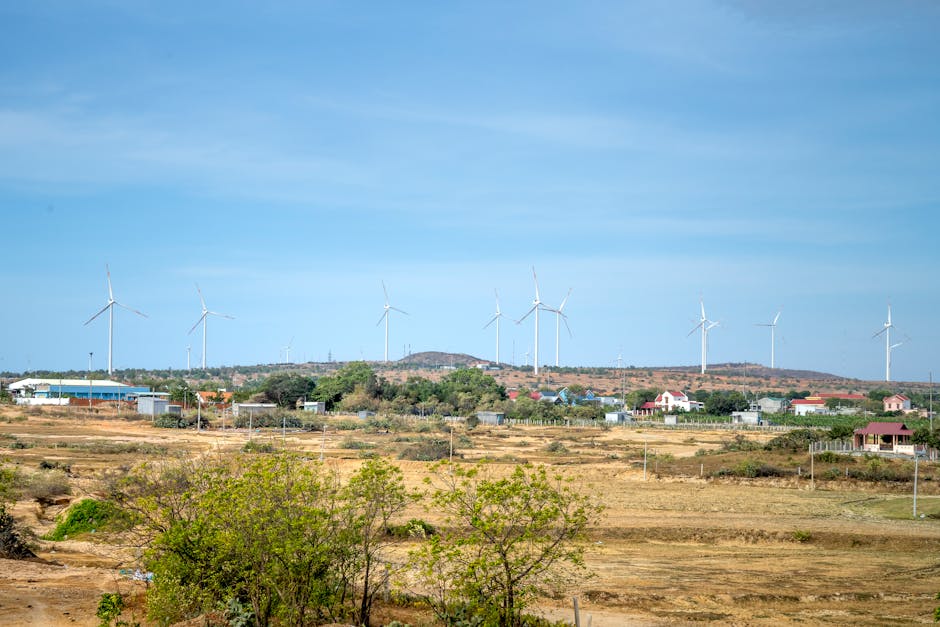What is sustainable roofing?
Sustainable roofing refers to using environmentally friendly materials and practices to make your home more energy efficient. This type of roof is designed to reduce energy consumption and minimize the environmental impact of your home. Sustainable roofing materials may include solar panels, green roofs, recycled materials, and cool roofs. These options can help lower your energy bills, reduce your carbon footprint, and contribute to a more sustainable environment.

Benefits of sustainable roofing
Installing a sustainable roof can help to lower your energy bills by providing better insulation and reducing your reliance on heating and cooling systems. Sustainable roofing materials are also more durable and require less maintenance, which can save you money in the long run. Additionally, sustainable roofs can increase the value of your home, as they are environmentally friendly and appealing to potential buyers.
Types of sustainable roofing materials
Sustainable roofing materials come in various types that can improve your home’s energy efficiency. Some common options include:
- Metal: Known for its durability and ability to reflect sunlight, reducing the amount of heat absorbed into your home.
- Solar Tiles: These tiles incorporate solar cells that can generate electricity, providing both roofing and energy generation in one.
- Green Roofs: These are covered with vegetation, providing natural insulation and reducing the urban heat island effect.
- Cool Roofs: Designed to reflect more sunlight and absorb less heat than standard roofs, reducing energy costs associated with air conditioning.
- Recycled Shingles: Made from recycled materials such as rubber, plastic, or wood fibers, these environmentally friendly options minimize waste and are durable.
Using sustainable roofing materials not only helps the environment but also offers long-term energy savings for your home.
Energy efficiency and cost savings
To make your home more energy-efficient, consider sustainable roofing options. According to the Department of Energy, sustainable roofing materials can reduce energy costs by keeping your home cooler in the summer and warmer in the winter. This can lead to potential savings on your energy bills over time. Additionally, some sustainable roofing materials such as solar panels can generate electricity, further reducing your energy expenses.
Installation and maintenance of sustainable roofing
Sustainable roofing is a great way to make your home more energy efficient. Proper installation and regular maintenance are essential for ensuring the effectiveness and longevity of sustainable roofing. Here are a few key points to consider:
- Installation: Ensure that the roofing materials are installed correctly to maximize their energy efficiency benefits.
- Maintenance: Regular inspections and upkeep can help identify any issues early and prevent potential damage to the roofing. This can include checking for any damage, debris buildup, and ensuring proper insulation.
Environmental impact of sustainable roofing
Sustainable roofing materials have a positive impact on the environment. They are often made from recycled or renewable resources, reducing the consumption of new raw materials. Additionally, sustainable roofing helps to lower energy consumption by improving insulation and reflecting solar heat. This can contribute to a reduction in greenhouse gas emissions and lessen the urban heat island effect. By installing sustainable roofing, you can help minimize your home’s environmental footprint and promote a more sustainable living environment.
Sustainable roofing vs. traditional roofing
Sustainable roofing is designed to reduce energy consumption and minimize environmental impact. It is typically made from recycled or eco-friendly materials, such as metal, clay, or slate. This type of roofing helps keep the interior of the home cooler in the summer and warmer in the winter, reducing the need for excessive heating and cooling. In contrast, traditional roofing materials like asphalt shingles or wood shakes are less energy efficient and have a greater impact on the environment due to their manufacturing process and shorter lifespan.
Choosing the right sustainable roofing for your home
When choosing sustainable roofing for your home, it’s essential to consider the material’s energy efficiency and durability. Here are some key points to keep in mind:
- Energy Efficiency: Look for roofing materials that can help regulate your home’s temperature, reducing the need for excessive heating or cooling.
- Durability: Consider the lifespan of the roofing material, as well as its resistance to weather elements such as wind, rain, and sunlight.
- Environmental Impact: Research the environmental impact of the materials you’re considering, and opt for those that are eco-friendly and recyclable.
- Cost: While sustainable roofing may have a higher initial cost, it can lead to long-term savings through energy efficiency and reduced maintenance needs.
Common misconceptions about sustainable roofing
Many people think sustainable roofing is too expensive, but in reality, it’s a worthwhile investment that can save you money in the long run. Another misconception is that sustainable roofing is only suitable for warm climates, but it can benefit homes in any climate. Additionally, some believe that sustainable roofing requires a complete overhaul of the existing roof, when in fact, many sustainable roofing options can be installed on top of your current roof.
Conclusion: The future of sustainable roofing
In conclusion, sustainable roofing is a promising solution for making homes more energy efficient. With advancements in technology and materials, sustainable roofing options are becoming more affordable and accessible for homeowners. The future of sustainable roofing looks bright as more people become aware of the benefits of energy-efficient roofing, such as reducing energy consumption, lowering utility bills, and contributing to a greener environment. Investing in sustainable roofing not only benefits homeowners but also has a positive impact on the planet.






